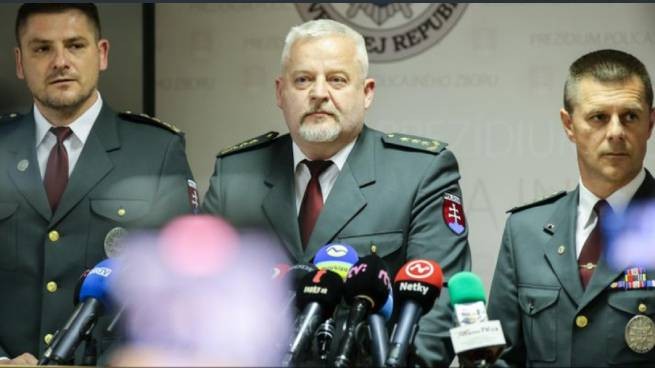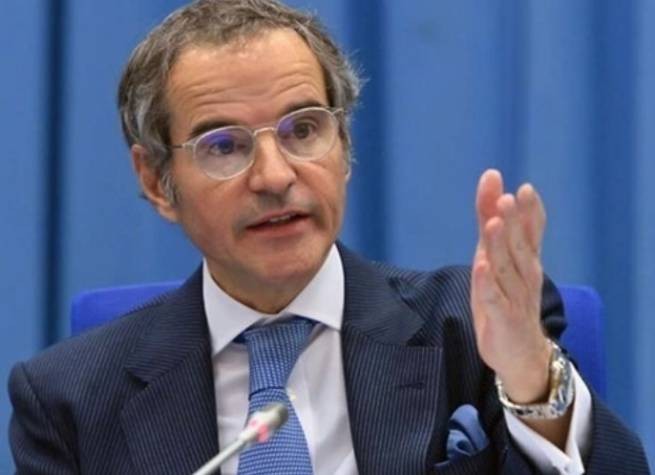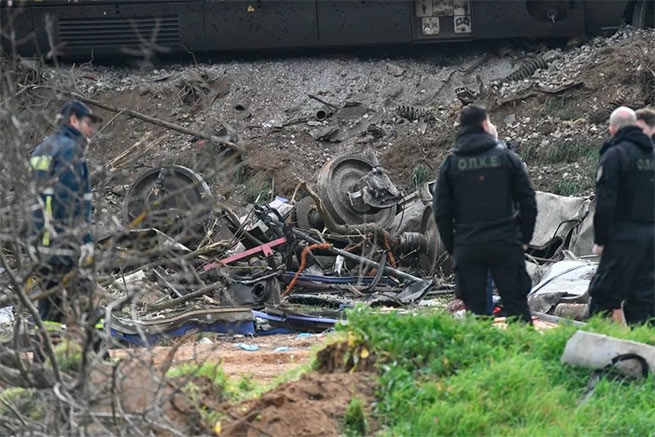Fatal errors, human error, safety systems, and the underlying problems of the rail network come to the fore as the tangle of events unfolds. While the initial shock has not yet passed, experts and relatives are looking for answers about the causes of the train crash in Tempe.
“If the security systems had worked, the collision could have been avoided,” we continue to hear in the last dramatic hours. Safety systems must work to avoid dangerous situations on the railway network, and especially the European Rail Traffic Management System (ERTMS). Fatal errors, human error, security systems, and major rail network problems come to the fore as the tangle of events unfolds.
Questions without answers
In the 20 km that the two trains are said to have traveled before the fatal collision at the height of Evangelismo Tempi, was there no transport hub where the tragic error could be detected in real time? That is, on the path of two trains, which, developing high speed, moved towards each other along the Athens-Thessaloniki highway. Along Greece’s main railway line, hundreds of millions of which have been invested over the past fifteen years to modernize.
The answer to the above questions is called in railway jargon ERTMS, short for European Rail Traffic Management System. It is a unified European signaling and speed control system that ensures the compatibility of national railway systems, providing a high level of security and a large capacity of the infrastructure. In short, many more trains can run safely on a network equipped with such a system than without it.
What is ERTS
ERTMS consists of the European Train Control System (ETCS) and the Global System for Mobile Communications for Railways (GSM-R). In particular, ETCS allows for continuous monitoring of the maximum allowable speed of trains, automatic protection against speeding, as well as automatic stop of the train in case of violation of the traffic light. It also includes the display of traffic lights, which we can represent as traffic lights on the roads, in the driver’s cab by electronic means.
With regard to the GSM-R radio coverage system, it is a digital communication system based on the world-wide and proven reliable GSM mobile communication system, covering all the secure communication needs of a modern railway network.
What happens on the Greek railway
But on Greek rails, things are not as they should be. For many years, modern remote control and signaling systems have been installed on the Greek railways: fragmented contracts with duplication, disputes between contractors, gaps in funding, litigation, wars for compensation.
Notably, signaling and telecommunications projects have been going on for 13 years, while contracts from 2005 are still in place, similar to the bridge at Arta, which is scheduled for completion this year.
Forensic expert G. Perivoliotis, speaking on the STAR program about the tragic incident in Tempi, and P. Kusulos in a personal assessment, say that everything happened because the systems did not work, because they did not “find” them in launchers installations for 20 years.
Speaking of unions, the retired engineer denounced the contractors’ attitude towards the project’s wastefulness and obstructionism in a lawsuit that resulted in trains in Greece not being equipped with lights and remote control, and these systems will not work in 2023.The railway works today, firstly, because the drivers want it, and secondly, because the stationmasters are well trained – regardless of whether a fatal mistake was made, and then the traffic personnel. If they say the railroad doesn’t work, it stops working.“, he lamented.







More Stories
Timothy Snyder: "We should think that Russia cannot lose, but…"
Disappointing forecast for the war in Europe
Conflict Intelligence Team: a house in Belgorod was probably destroyed by Russian ammunition